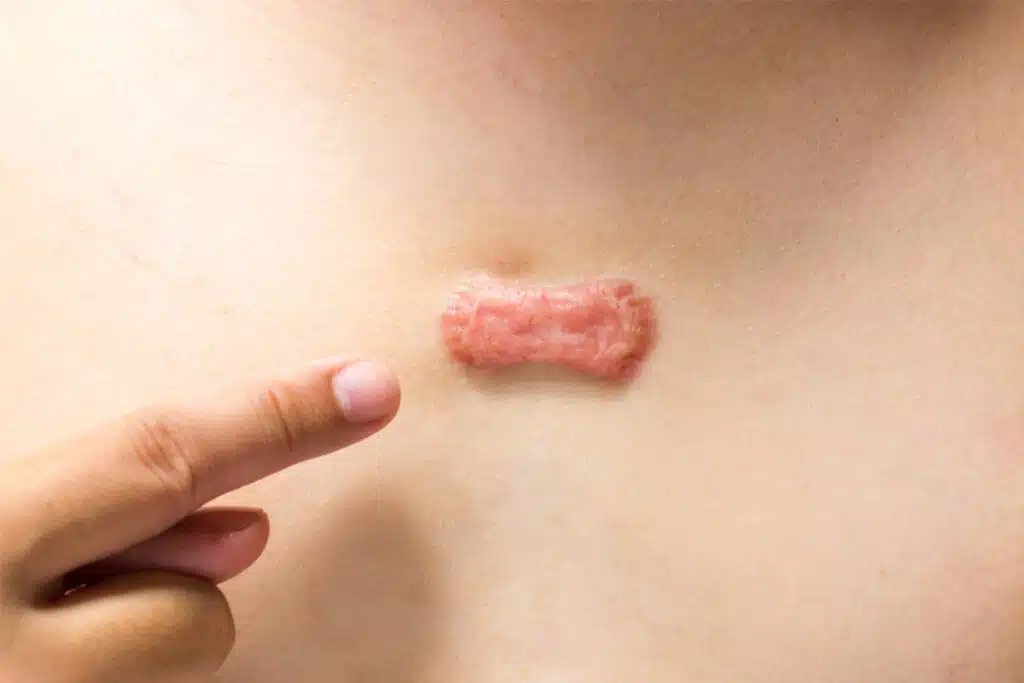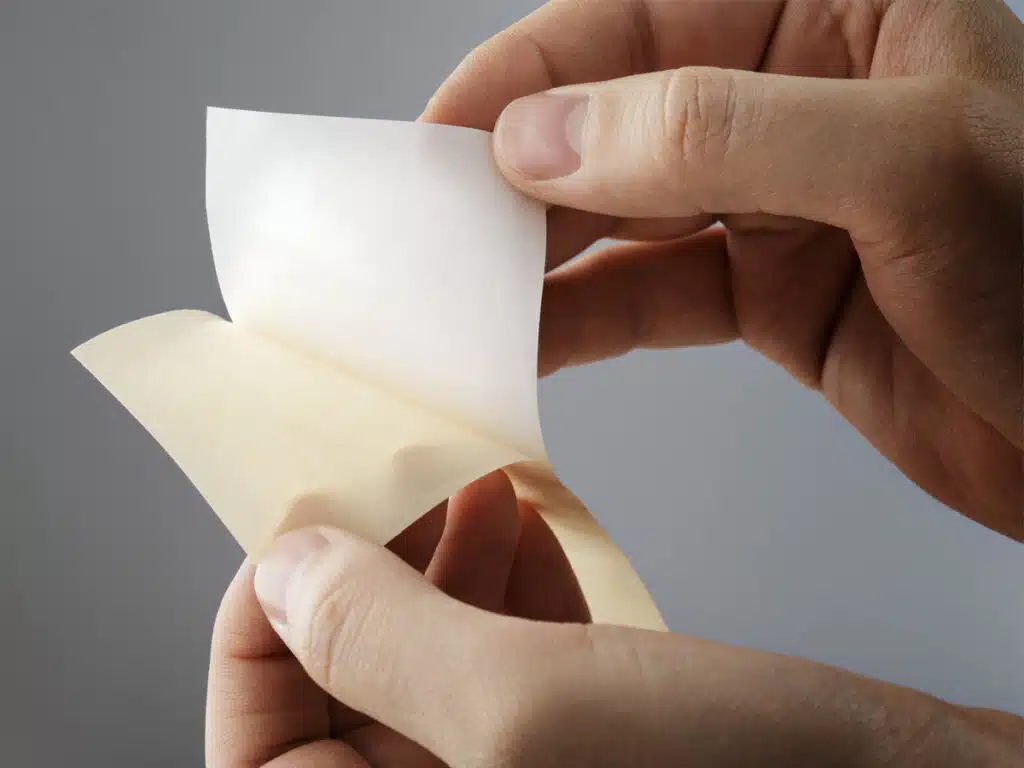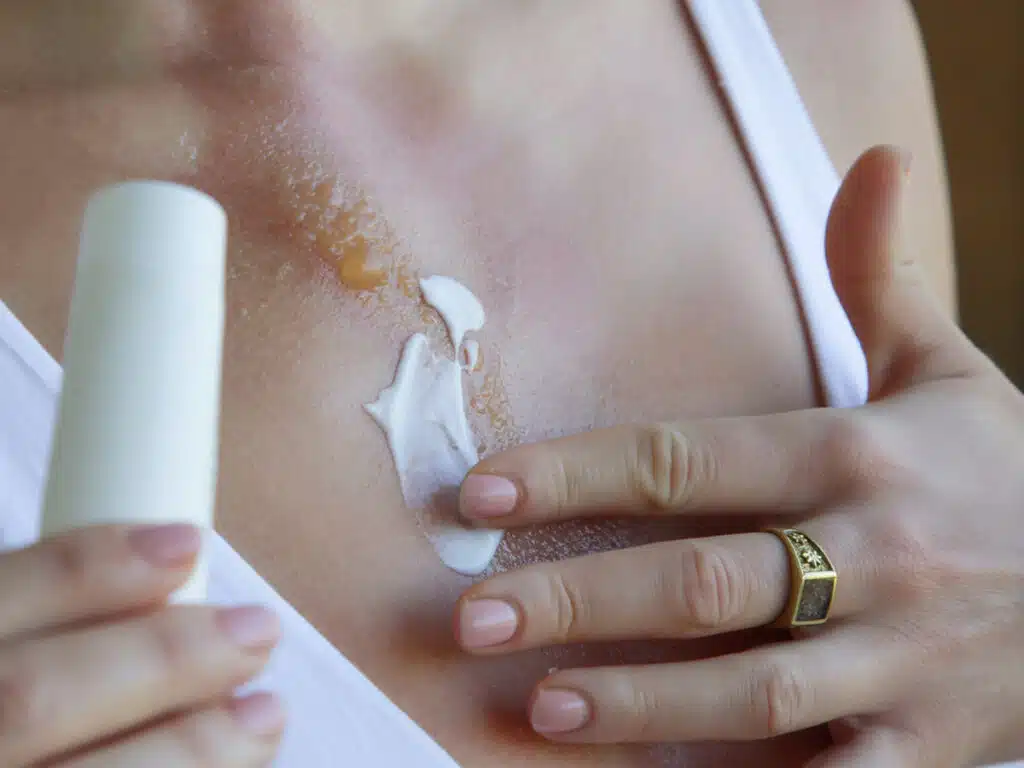Chest keloids often emerge post-heart surgery due to abnormal tissue growth. This guide delves into their formation, distinguishes them from hypertrophic scars, and outlines various treatment options. With insights from experts like Dr. Mendez and Dr. Salloum, we emphasize the importance of tailored treatments for the best results.

Understanding Chest Keloid Scars After Heart Surgery
Keloid scars are a type of scar that develops excessively due to abnormal healing and overgrowth of tissue, often years post-surgery. An individual who has undergone surgery for congenital heart disease or other conditions might develop a surgical scar on their chest region that could potentially morph into a keloid scar. The formation of such scars is a complex process. After the heart surgery, the body works diligently to repair the traumatized tissues at the site, leading to scar formation. While some scars may appear thin and pale, others could gravitate towards becoming hypertrophic scars or possibly keloid scars.
Understanding the potential for a surgical scar to become a keloid is crucial, particularly for those undergoing heart surgery. This comprehension can guide preventive measures and interventions. It’s always beneficial to consult with your doctor about the potential risks and treatment options available to manage and mitigate this type of scar after heart surgery.
Differences Between Keloid and Hypertrophic Scars
Keloid and hypertrophic scarring frequently get mistaken as they share some similarities. However, there are significant differences between them. A hypertrophic scar is a type of scar characterized by it being raised, red, and contained within the initial injury site. After an injury, our bodies work on healing the wound, with a particular focus on rebuilding the skin architecture. But in some cases, as with hypertrophic scar formation, this healing process goes overboard, resulting in a raised scar. Unlike keloid, these scars do not extend beyond the initial wound.
Keloid scars, on the other hand, go beyond the original injury site. They are the result of an overly energetic healing process that leads to excessive collagen production. This is why keloids are significantly raised and larger than the original wound. These types of scars often tend to be itchy and painful. Keloid scars are not confined to the area of injury, often expanding to cover a considerable portion of the normal skin.
An Overview of Keloid Removal Treatments
There are numerous treatment methods to remove a heart surgery scar available for patients dealing with keloid scars. This type of scar, characterized by an abnormal overgrowth of tissue at the site of an injury, can be particularly challenging to treat.
Silicone Sheeting and Pressure Therapy
One of the first-line treatments often recommended is silicone gel sheeting. This comprises placing thin, flexible sheets of silicone gel on the scar surface. Used consistently, it can help flatten and reduce the appearance of the scar. Another commonly used therapy is pressure therapy. Patients use specifically designed garments or bandages, often known as pressure dressings, to apply consistent pressure to the keloid.

Intralesional Steroid Injections
Injections, specifically Corticosteroid injections, are another choice of therapy. They are directly administered to the scar tissue and work by reducing inflammation and slowing down tissue growth. The injection with steroids can be combined with surgical approaches as well as non-invasive procedures.
Role of S.R.T. in Treating Chest Keloids
Superficial radiation therapy is one of the most effective solutions for the appearance of scars. As a less intense form of radiotherapy, it treats the surface layers of the skin rather than penetrating deeper tissues. This method significantly reduces the likeliness of side effects, rendering it a convenient choice for patients, particularly those struggling with chest keloids. Nonetheless, recurrences can occur and it’s crucial to manage expectations accordingly. Thus, discussing these potential recurrences should form part of the patient’s care plan.
Surgical Option for Chest Keloid Removal
An invasive procedure may be recommended depending on the size and complexity of the keloid. The procedure can be as simple as surgical excision. This involves the removal of the keloid under local anesthesia followed by the careful closure of the wound with sutures.
However, the most important factor to consider is the patient’s overall health and participation during the treatment of keloids. For instance, following the surgical removal, the patient might be asked to regularly put on a pressure garment or use silicone sheets on the treated area to prevent the recurrence of the keloid.
Another popularly used technique is the injection of intralesional corticosteroids which can help flatten the keloid and reduce any associated symptoms like itching and pain. This method can also be combined with surgery to enhance positive outcomes. The surgical excision of the keloid is followed by the injection of intralesional corticosteroids directly into the wound before the sutures are placed.
All these methods are steps that are taken in a bid to ensure that the patient gets the best results and satisfaction from keloid treatment after heart surgery.
The Role of Skin Grafting in Chest Keloid Removal
After heart surgery, patients may develop keloids, which are thickened and raised skin over the surgical scar. Skin grafts can help remove these keloids.
Skin grafts are portions of healthy skin taken from another part of the patient’s body and relocated to replace damaged skin. In the context of heart surgery, these grafts provide a viable solution to diminish and remove chest keloids. Healthy skin is placed over the keloid, which prompts the body to heal, reducing the presence of the keloid and replacing it with fresh skin.
When considering skin grafts for keloids, the patient’s overall skin health is a critical element to ensure success. Healthy skin provides a higher chance of the graft adhering and healing properly. Conversely, pre-existing skin injuries could jeopardize the results of the grafting procedure.
Preventing Keloid Scar Formation After Surgery
As daunting as it may sound, keloid prevention is possible with proper strategies during the heart surgery recovery. Taking proactive measures can significantly reduce the risks.
Proper care is critical to ensure the wounds heal correctly and to forestall the formation of keloids. Unsatisfactory care could impede the healing process and result in unwanted complications. Our body has a specific process of healing wounds. However, when this process is disrupted may end up with keloids.

Wound care involves maintaining hygiene around the wounds, regularly changing bandages, and using prescribed ointments. Moreover, it’s crucial to monitor the wounds for signs of infection. A routine of such care ensures timely wound healing and reduces the likelihood of complications.
Another effective way of prevention is the timely use of pressure dressings on the wound. This mechanism can inhibit abnormal scarring or keloid formation by applying a continuous light force to the healing area. Pressure dressings also limit the blood supply to the scar tissue, ensuring only enough to support the healing process and not excess to trigger excessive growth.
Can All Scars Be Treated the Same Way?
Every patient heals differently, so the response to scar treatments will vary. Scars can come from different causes like surgery or acne, which means they can look and behave differently.
A surgical scar, often a result of incisions from operations, varies greatly from an acne scar, which is a consequence of severe acne. Each requires a distinct method of treatment. In considering the treatment process, one crucial factor is the patient’s medical history. Insight into any past conditions or treatments can be beneficial in determining the most effective scar treatment plan.
In conclusion, the key to effectively managing and treating scars lies in acknowledging and understanding the variations that exist. Therefore, customizing treatment techniques to cater to these individual differences is essential to achieving optimal results.
Talk with Keloid Experts
To effectively remove these complex scars, it’s crucial to find an expert with extensive knowledge and experience in the field. They should understand the complexities of your situation and have effective solutions for scars. An open heart surgery scar requires specialized strategies that come with years of experience. By choosing an experienced specialist, you can trust that you’re in capable hands for your healing journey.
Dr. Mendez and Dr. Salloum have extensive experience treating keloid scars. They are dedicated to helping patients recover and providing quality treatments. With their expertise in keloid scar removal, they create personalized plans for optimal results. To start your journey with Dr. Mendez and Dr. Salloum, schedule a consultation today.